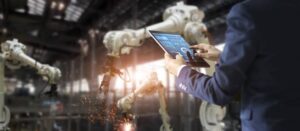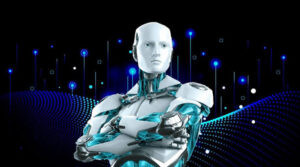When you purchase through links on our site, we may earn an affiliate commission. This doesn’t affect our editorial independence.
The Impact of AI on the Workforce
A recent report from the World
Economic Forum has predicted that rapid advancements in artificial intelligence will replace 92 million jobs, representing about eight per cent of the workforce, globally. The report also reveals that 41 per cent of employers worldwide should expect workforce reductions as AI automates tasks. Job roles like graphic designers, legal secretaries top the most vulnerable.
The Rise of AI-Powered Skills
Currently, Gen AI tools are increasingly replacing human-driven job roles across industries. However, despite job losses, AI and big data have been identified as the fastest growing skills, followed by cyber security, cloud Computing and technology literacy. The skills gap among the workforce remains a noticeable challenge as job roles rapidly evolve.

The Need for Retraining and Upskilling
In order to address these shifts, 76 employers plan to retrain their workforce with AI-powered skills. This proactive approach will enable workers to adapt to the changing job market and remain relevant in their industries.
Strategies for Thriving in an AI-Driven Job Market
To navigate this shifting landscape, workers and employers must be proactive in developing the skills required for an AI-driven job market. Some strategies for success include:
Embracing lifelong learning Workers must be willing to continuously update their skills to remain relevant in the job market.

Focusing on human skills
While AI excels at repetitive and analytical tasks, human skills like creativity, empathy, and problem-solving will become increasingly valuable.
Encouraging diversity and inclusion
Employers must prioritize diversity and inclusion to ensure that workers from all backgrounds have access to the training and resources needed to thrive in an AI-driven job market.
Conclusion
The impact of AI on the job market will be significant, with both job losses and new opportunities emerging. By understanding these shifts and proactively developing the skills required for an AI-driven job market, workers and employers can thrive in this new landscape.







